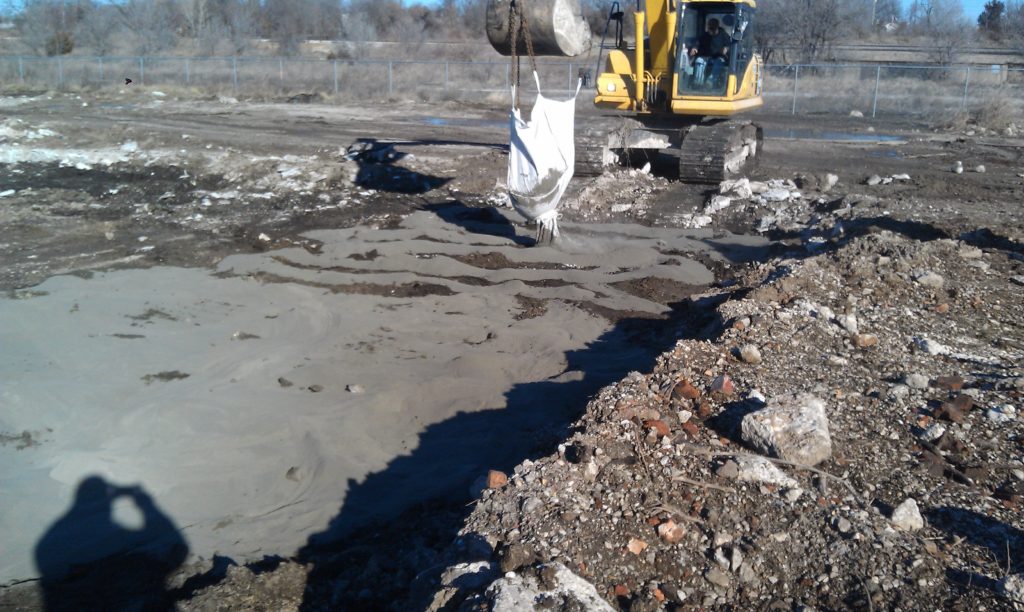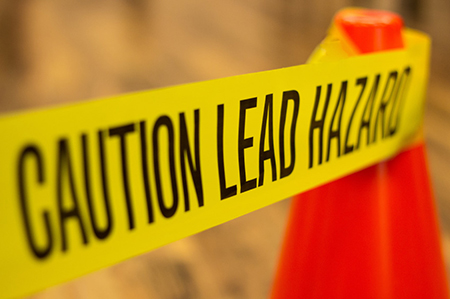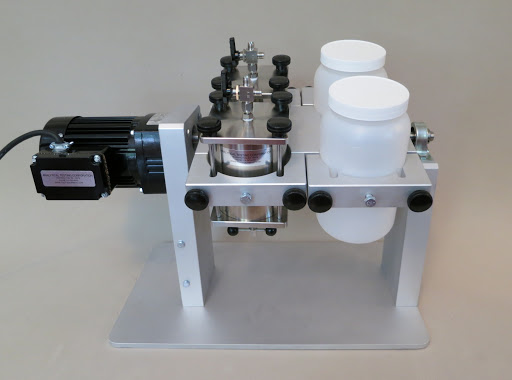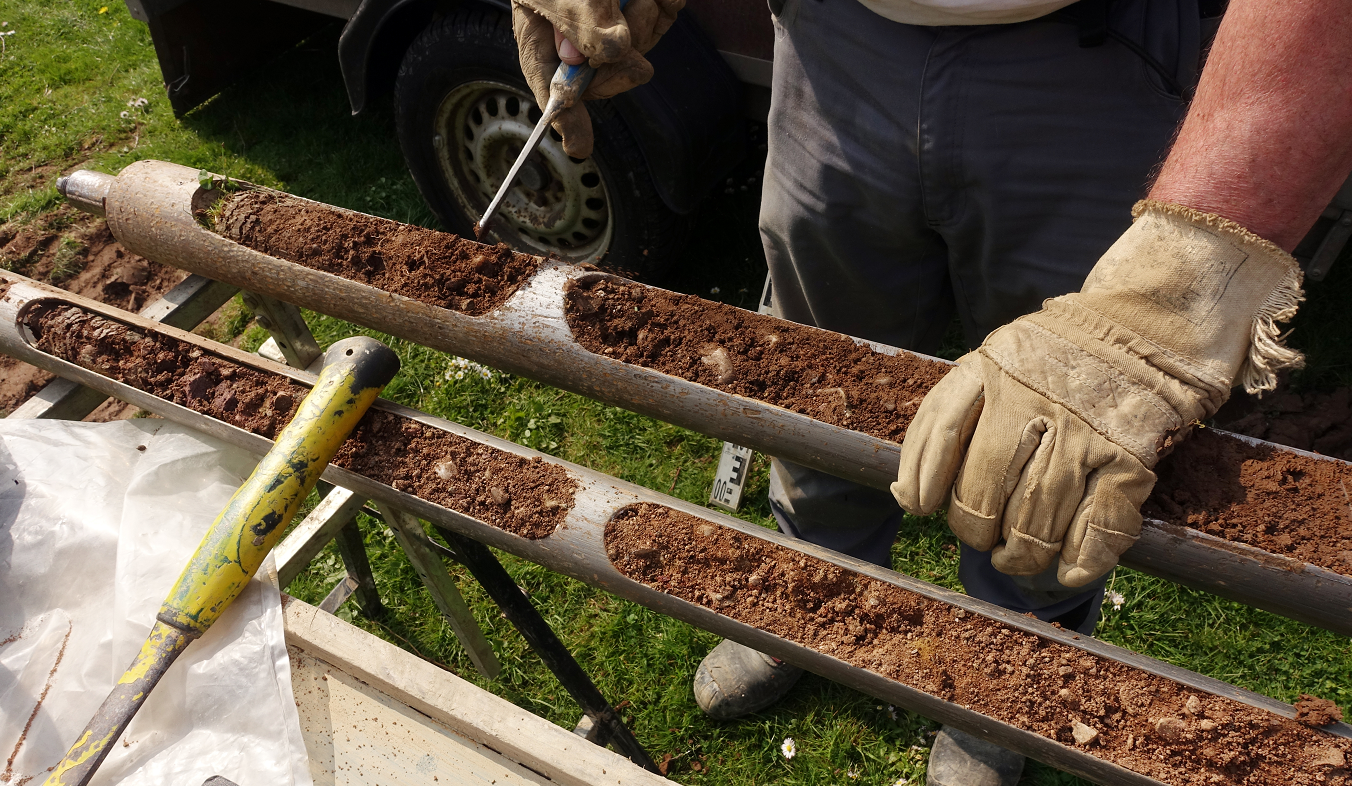What is Lead Soil Contamination?
The keys to successful stabilization of lead soil contamination are: using the right reagent, using the right dosage and achieving good mixing of the reagent with the waste. Lead contamination involves encapsulation and chemical conversion during remediation projects rendering them non-leachable to allow disposal of a non-hazardous waste.
The EPA requires a Toxicity Characteristic Leaching Procedure (TCLP) test to determine if metal contaminated soils needs to be managed as hazardous or non-hazardous waste. Soils exhibiting hazardous characteristics need to be disposed of at a facility permitted for that material at a high cost.
Lead soil contamination treated in the field prior to off-site disposal can be rendered non-hazardous and be disposed of in a regular landfill. Blastox® 215 is used to treat metal contaminated soils so that it can pass a TCLP test, allowing for non-hazardous disposal at a much lower cost.
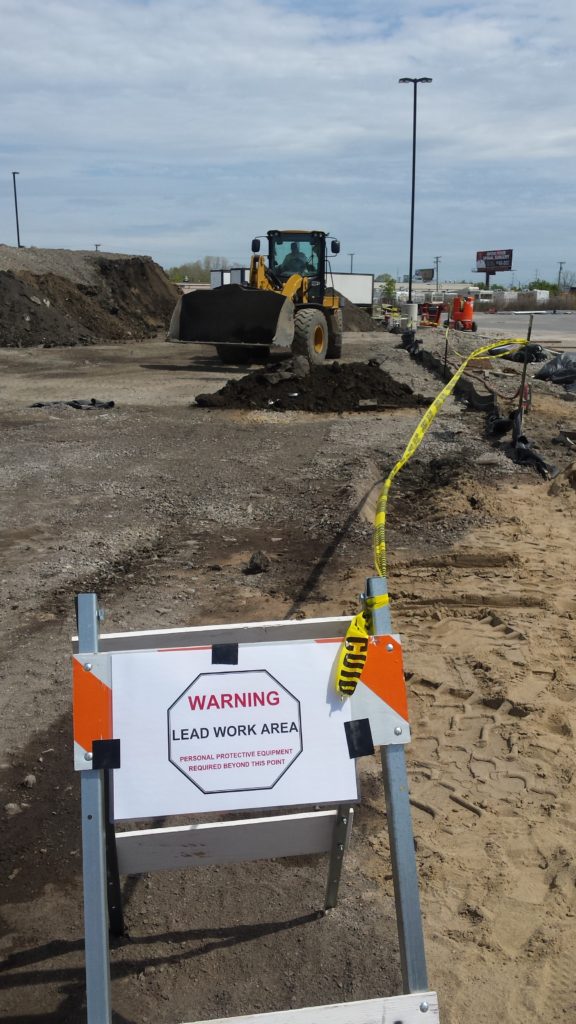
Regardless of the test protocol required, it is important to conduct a treatability study to more precisely identify the dose of stabilization reagent necessary to meet the testing criteria. Use of a proper sampling method is vital to obtain a representative sample of soil waste. A representative lead soil contamination sample of waste is necessary to accurately characterize your stabilized waste piles.
EPA manual SW-846 and ASTM* standard D75 address proper ways of conducting sampling activities to produce a representative sample. For a given project, several lead soil contamination samples should be randomly pulled from various areas of the waste pile. Depending on the size of the area, we suggest eight (8) to ten (10) smaller samples be obtained. This is especially true for projects where some of the wastes have very high concentrations of metals (TCLP > 100 mg/l).
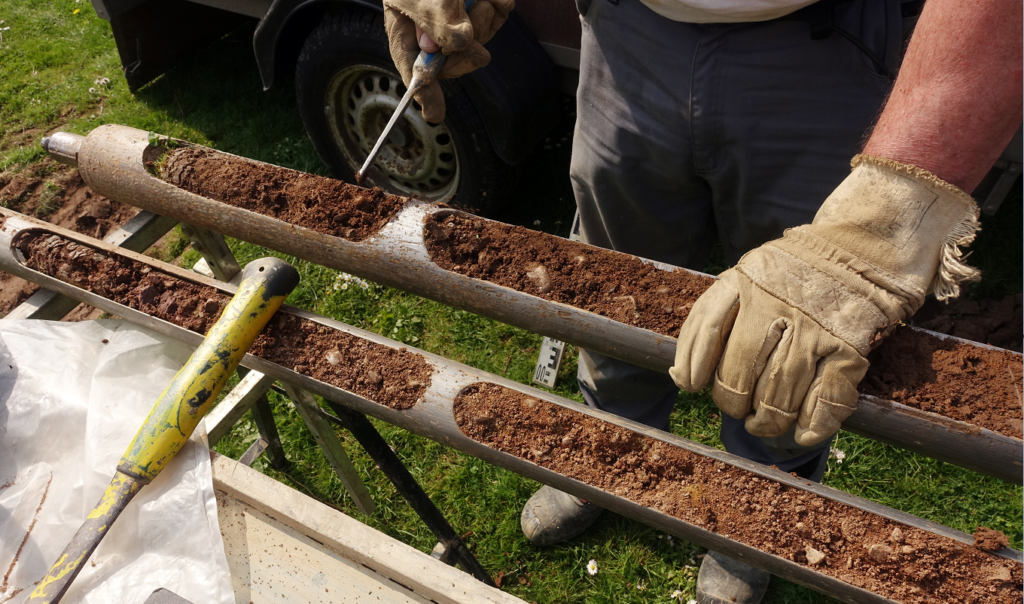
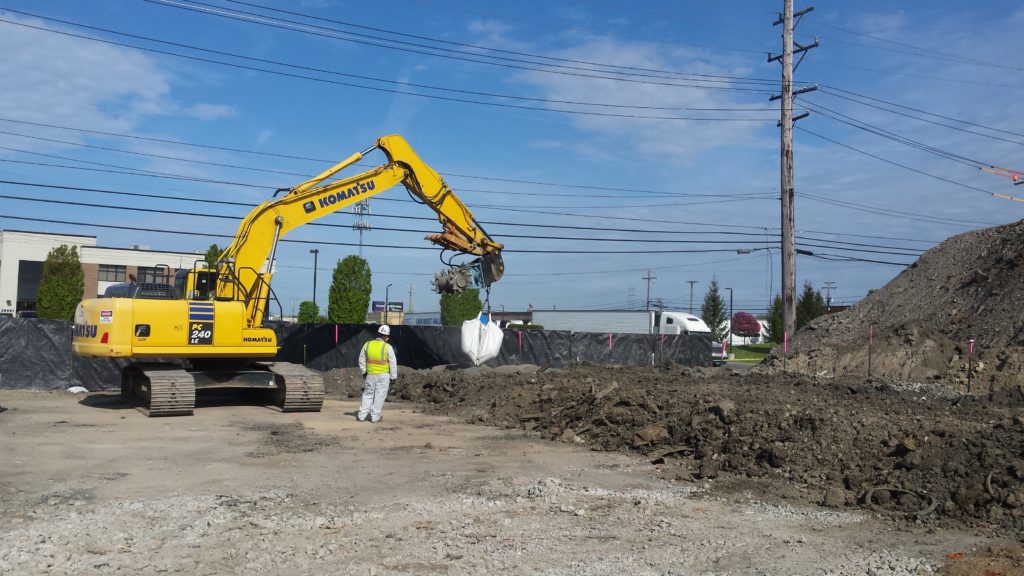
For the heavy metal fixation industry, Blastox® 215 is the preferred solution for most remedial contractors. This product is a dry, fine granular product that is added directly to the lead soil contamination typically at 2-5% by weight, depending on the level of contamination.
At these dose levels, the per ton treated cost ranges from $6.60 – $16.50 per ton of remediated soil. When compared to hazardous waste disposal, it’s clear that Blastox 215 is very cost effective heavy metal fixation reagent.
Its smaller particle size provides more reactive surface which is beneficial when stabilizing contaminated soil remediation projects. Due to the low dose rate and competitive pricing, Blastox® 215 is becoming an effective resource for many engineers and also project managers.
Because of its effectiveness, Blastox had been used successfully on thousands of tons of lead soil contamination projects. Its chemistry has a proven long-term stability benefit. You can apply it at low dose rates and have peace of mind knowing that the soil remediation waste will remain stable, always.



